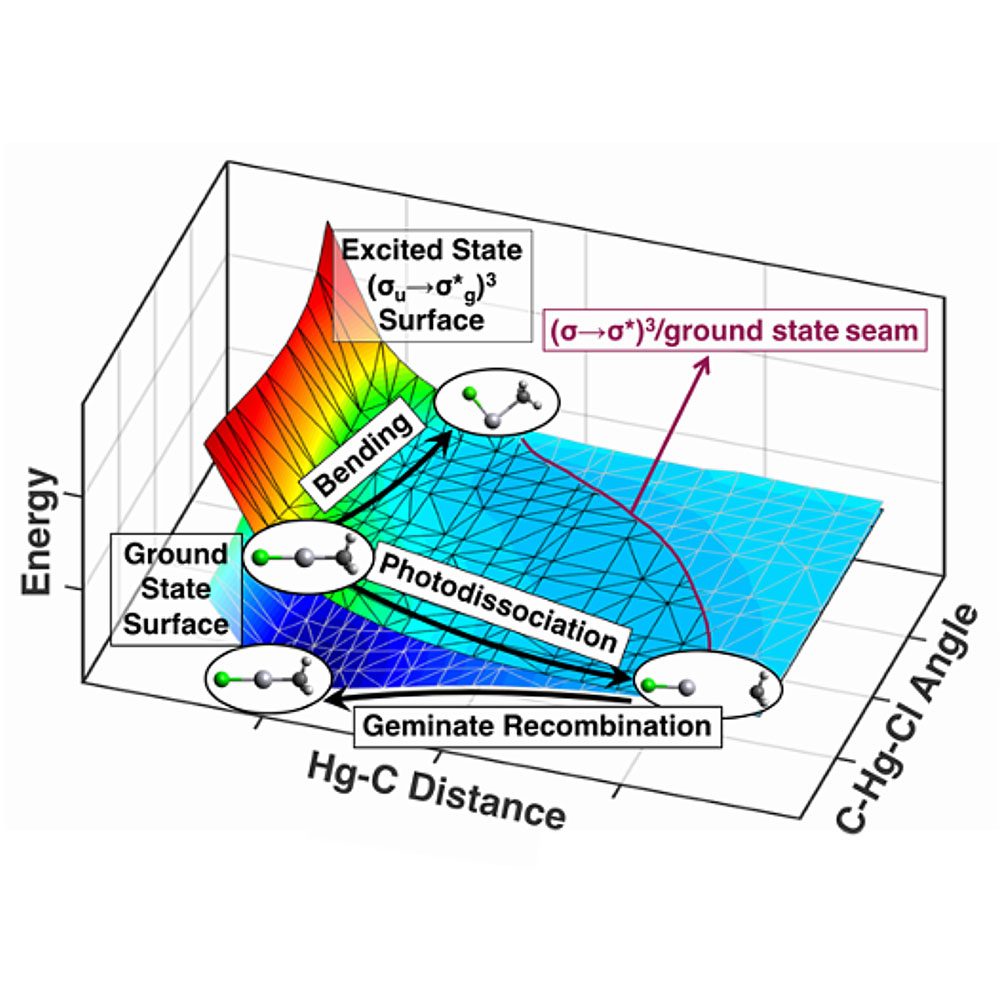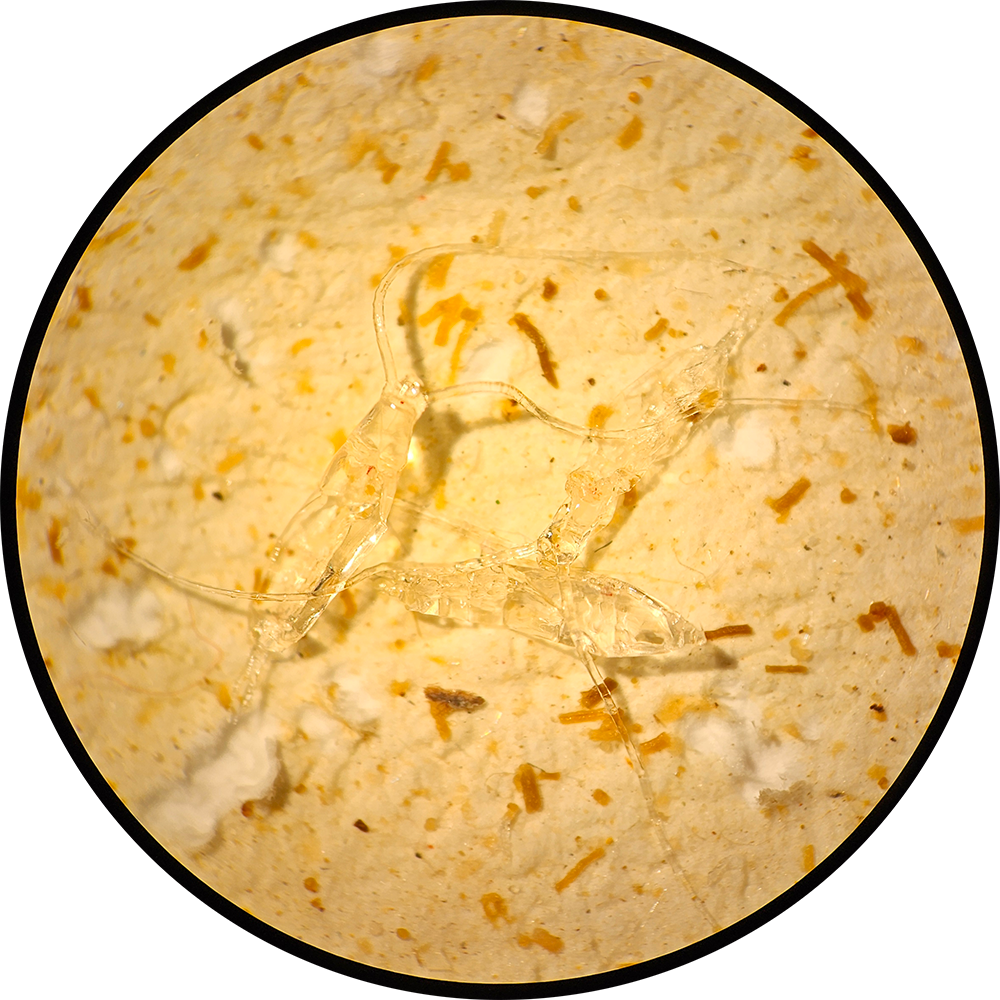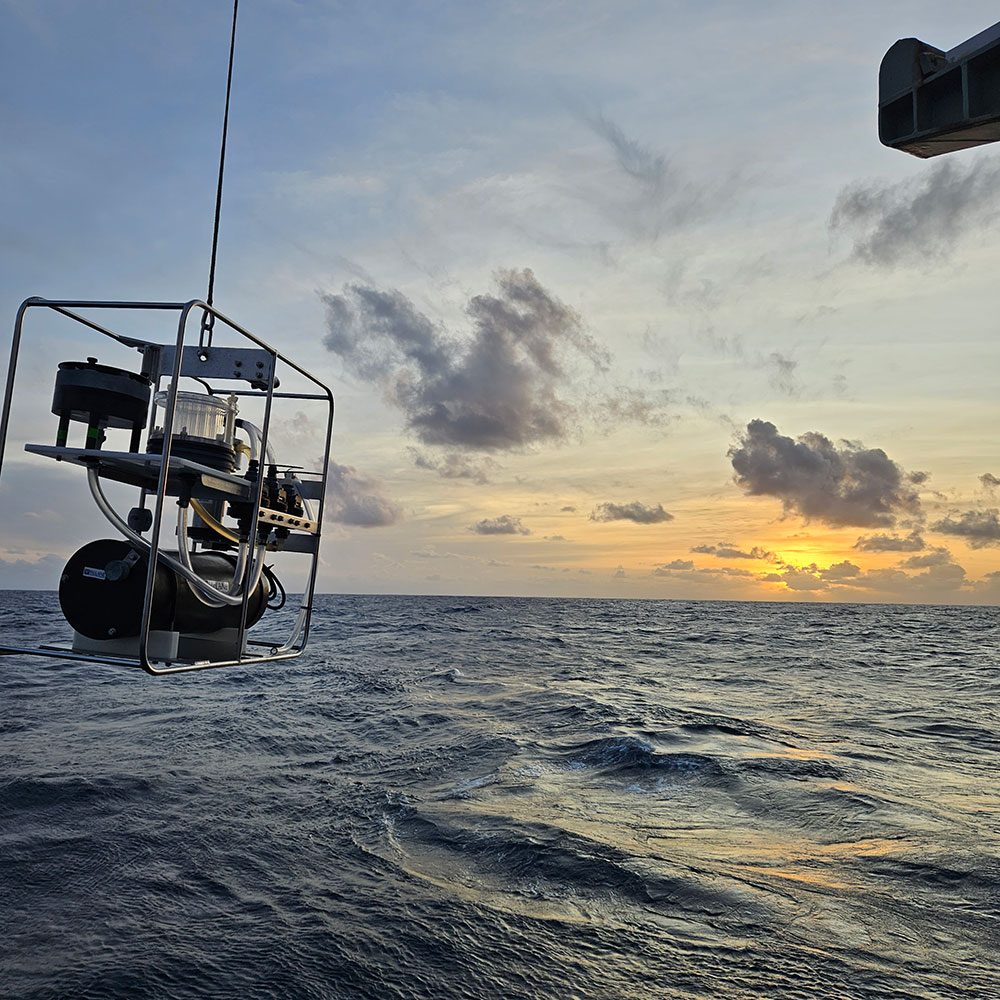What We Do
Mercury and sulfur, together, have captivated the curiosity of countless individuals since the Middle Ages. The early studies of mercury and sulfur mixtures by alchemists can be interpreted as early descriptions of a chemical bond. Although Hg has been studied since the origins of chemistry, critical questions, ranging from fundamental chemical interactions between mercury and sulfur compounds to the mechanisms by which methylmercury enters the brain, have remained unanswered. Inspired by the rich history of this neurotoxic global pollutant and the scientific mysteries surrounding Hg stable isotope fractionation, the overarching goal of the research is to understand the underlying chemistry of the major forms of this unusual element in the environment.
Our research methods integrate theoretical chemistry, laboratory plankton and abiotic experiments, and seagoing fieldwork. Our combined methodology enables the direct observation of physical chemistry of living reaction systems with the overarching goal of developing a mechanistic understanding of mercury mediated biogeochemical processes in natural waters and living systems.
Current Projects

Theoretical

Development of relativistic wavefunction multireference electronic structure and molecular dynamics methods to address the mechanism of environmental and biological photochemical phenomena attributed to spin-forbidden reactions.

Experimental

We study the photochemical transformations of mercury and its relationship to organic sulfur production within the water column and planktonic organisms.

Seagoing Fieldwork

We study mercury cycling in aquatic environments, particularly at the base of the food web. The unique characteristics and cycling of mercury make mercury stable isotopes a great tool for studying complex role of planktonic organisms in the biological pump.
